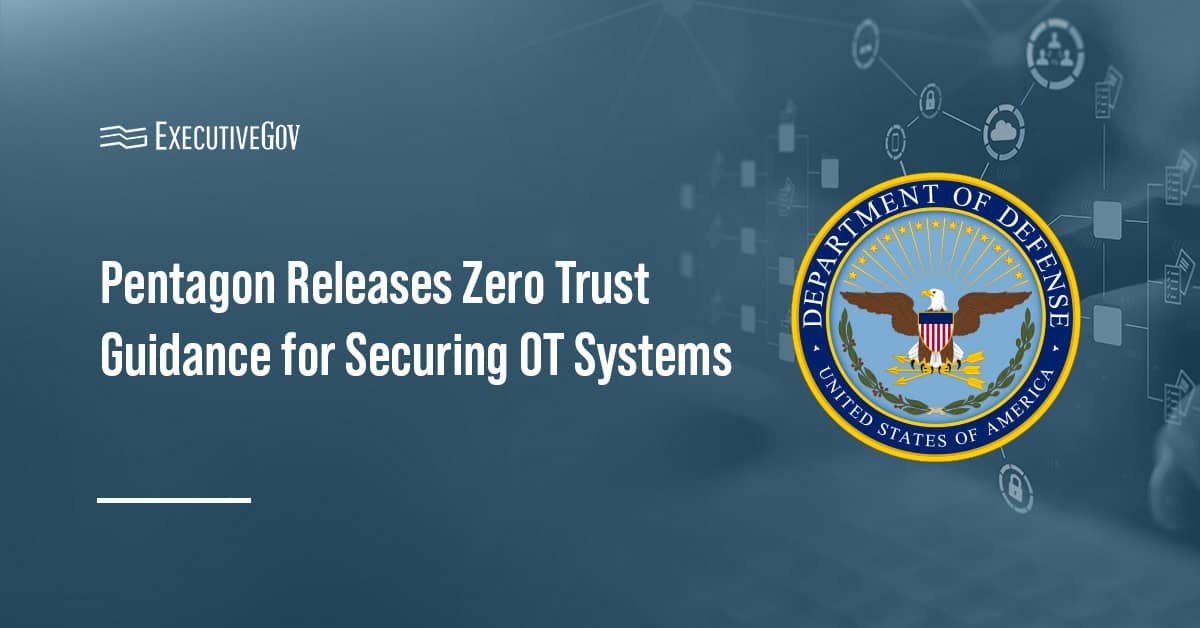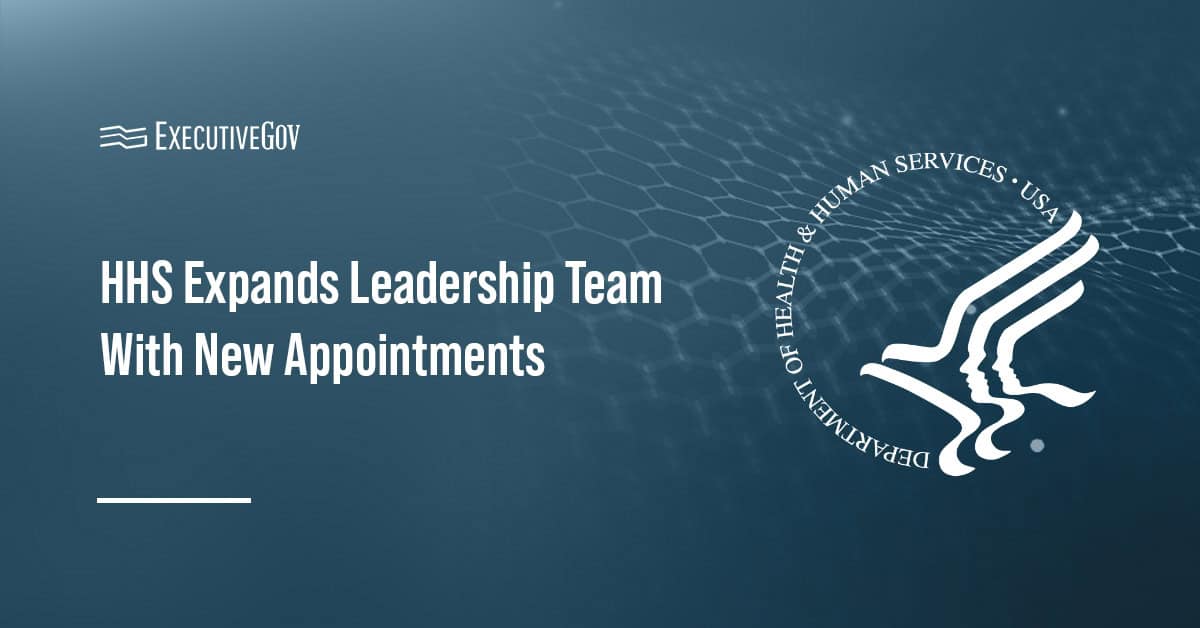 Air Force Secretary Deborah Lee James has said Boeing‘s F/A-18E/F Super Hornet aircraft cannot serve as a substitute for Lockheed Martin-built F-35 fighter jet, Defense News reported Friday.
Air Force Secretary Deborah Lee James has said Boeing‘s F/A-18E/F Super Hornet aircraft cannot serve as a substitute for Lockheed Martin-built F-35 fighter jet, Defense News reported Friday.Valerie Insinna writes James told the publication the F/A-18 and F-35 aircraft “fulfill different requirements” since as former is a fourth-generation platform while the latter is a fifth-generation airplane.
“The leaders of the Air Force will have the opportunity when the time comes to advise the president-elect on this,” James added.
“But based on everything I know, the two are not interchangeable and the Air Force has not expressed interest in the F/A-18s,” she noted.
James said she believes President-elect Donald Trump sought to reduce costs in his meetings with Boeing CEO Dennis Muilenburg and Lockheed chief executive Marillyn Hewson.





